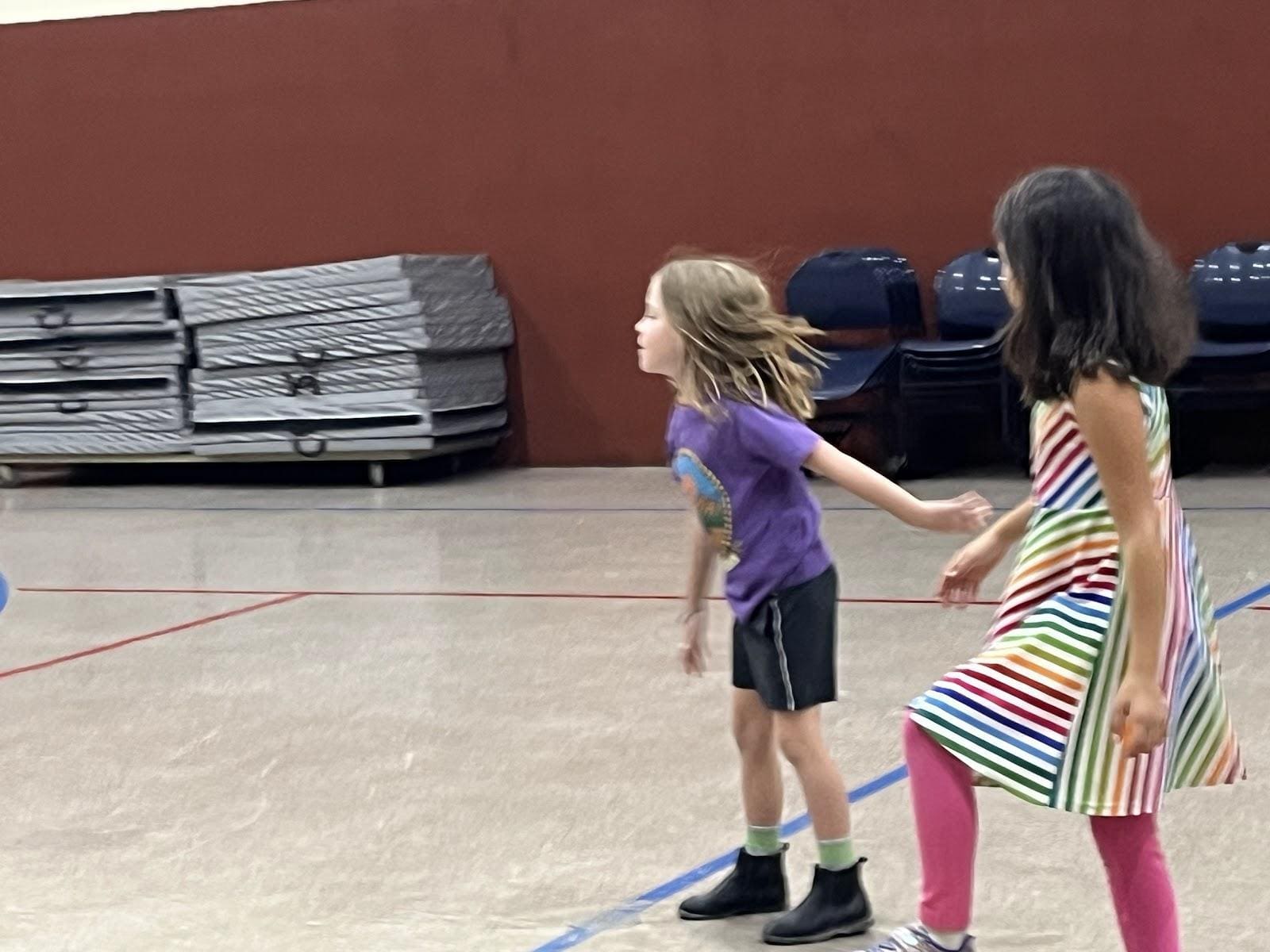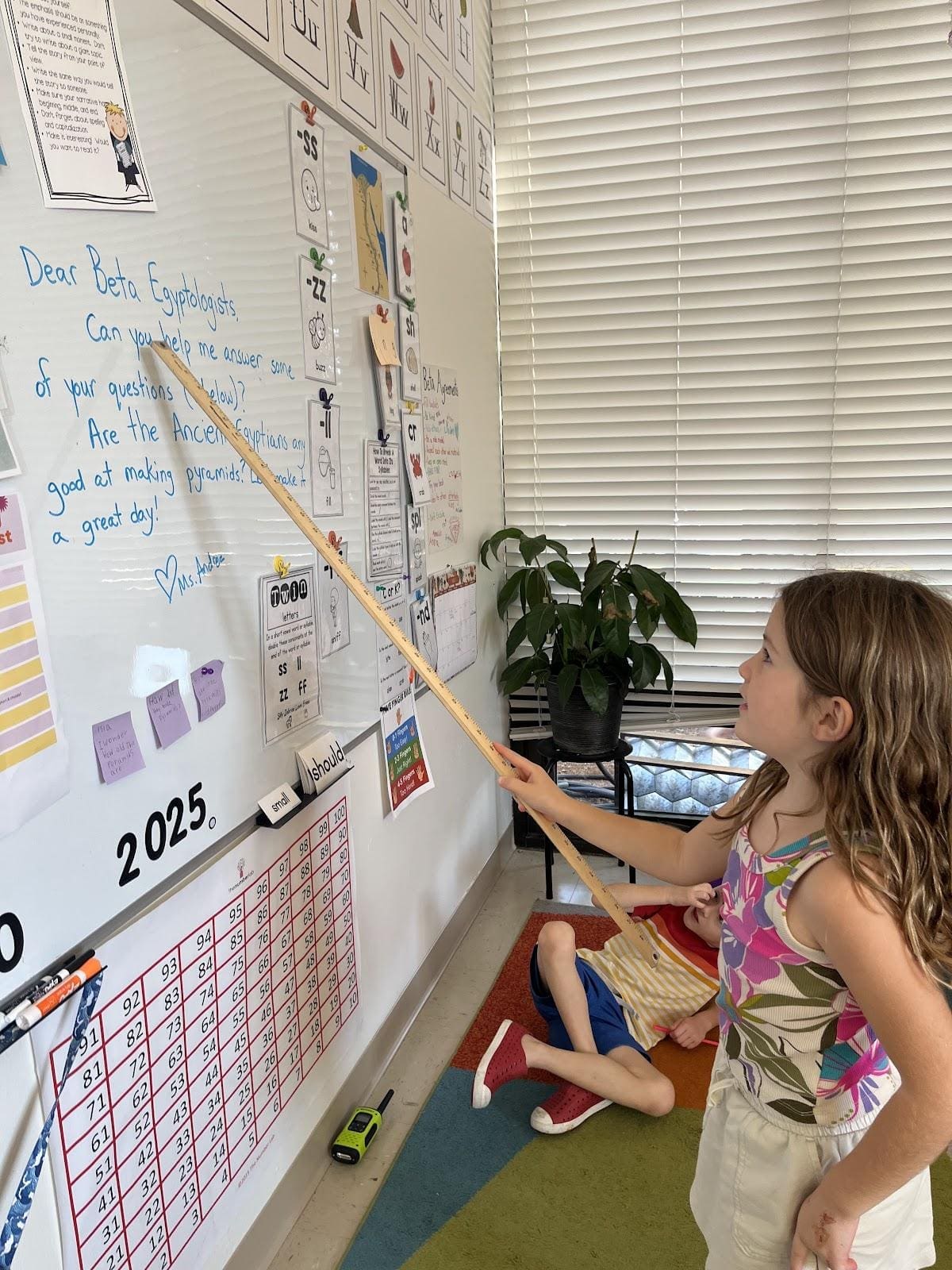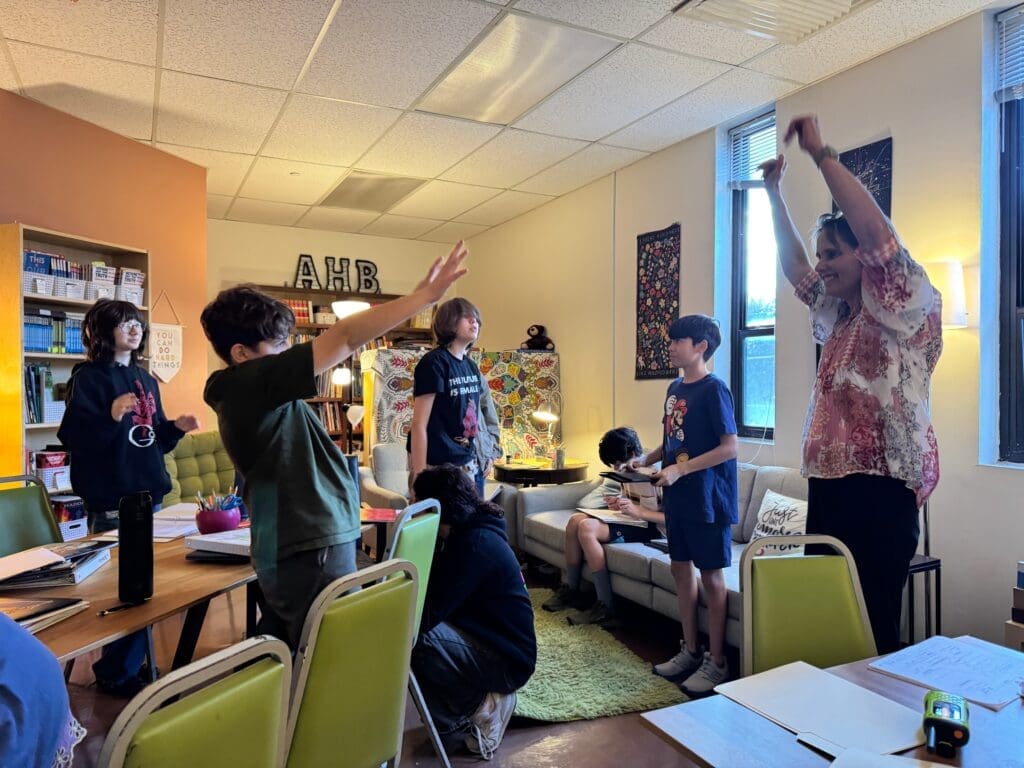We are closing in on Quarter 1! In math we continue to compose, decompose, and compare numbers to the thousandth place. Next week will be a mix of skip counting practice, game days to reinforce place value concepts, and our second unit assessment! Here we come!!
It was a busy week in phonics this week! We learned about twin letters: consonants that are doubled following syllables with short vowel sounds. Which consonants should we double, you ask? Silly Zebras Love Fries (s, z, l, f). We also learned that if twin letters come after an “a,” the vowel sound is /o/ (as in “ball”). Twin letters were featured in our vocabulary words of this week: skills, gruff and thrill. We learned about homophones as well as our sight words included: to, too, two, many and very. Finally, we practiced syllabication this week. The Betas’ skills with this were especially impressive.
This week we revised and edited everyone’s personal narratives!! Next week will will finish penning our final drafts and perfecting our illustrations. Our read aloud that provided excellent examples of great illustrations was A Chair for Mom.
We explored pyramids this week!
The pyramids were built as burial places and monuments to the Pharaohs. As part of their religion, the Egyptians believed that the Pharaoh needed certain things to succeed in the afterlife. Deep inside the pyramid the Pharaoh would be buried with all sorts of items and treasure that he may need to survive in the afterlife.
There are around 138 Egyptian pyramids. Some of them are huge. The largest is the Pyramid of Khufu, also called the Great Pyramid of Giza. When it was first built it was over 480 feet tall! It was the tallest man-made structure for over 3800 years and is one of the Seven Wonders of the World. It’s estimated that this pyramid was made from 2.3 million blocks of rock weighing 5.9 million tons.
How the pyramids were built has been a mystery that archeologists have been trying to solve for many years. It is believed that thousands of slaves were used to cut up the large blocks and then slowly move them up the pyramid on ramps. The pyramid would get slowly built, one block at a time. Scientists estimate it took at least 20,000 workers over 23 years to build the Great Pyramid of Giza (although Graham may correct me on the precision of those numbers:). Because it took so long to build them, Pharaohs generally started the construction of their pyramids as soon as they became ruler.
Deep inside the pyramids lies the Pharaoh’s burial chamber which would be filled with treasure and items for the Pharaoh to use in the afterlife. The walls were often covered with carvings and paintings. Near the Pharaoh’s chamber would be other rooms where family members and servants were buried. There were often small rooms that acted as temples and larger rooms for storage. Narrow passageways led to outside.
Sometimes fake burial chambers or passages would be used to try and trick grave robbers. Because there was such valuable treasure buried within the pyramid, grave robbers would try to break in and steal the treasure. Despite the Egyptians’ efforts, nearly all of the pyramids were robbed of their treasures by 1000 B.C.
We have created petite pyramids that will house a mini mummified pharaoh in a small sarcophagus. Cute, right? We worked on the “stone walls” on the outside, and the tomb walls on the inside, adding loads of Egyptian “paintings” and hieroglyphics.

| 
| 
|
|---|---|---|
| 
| 
|

| 
|
|

| 
| 
|

| | 
|

| | 
|






